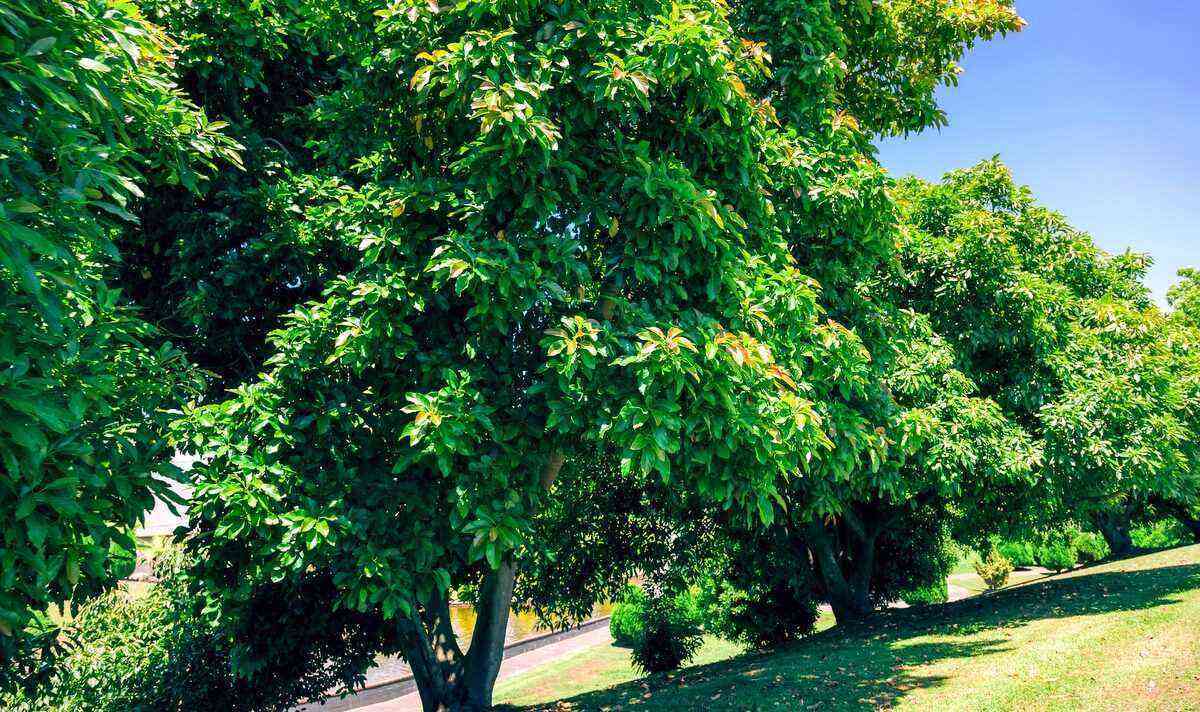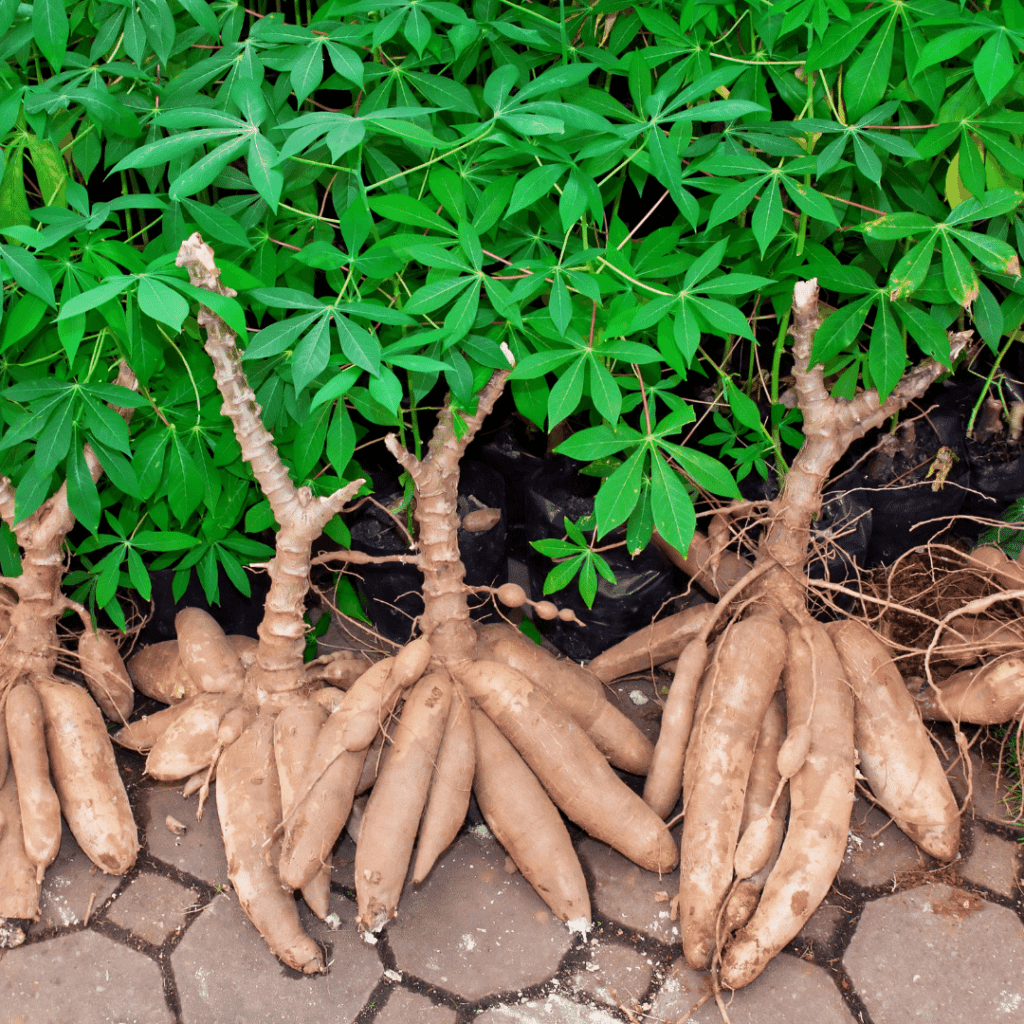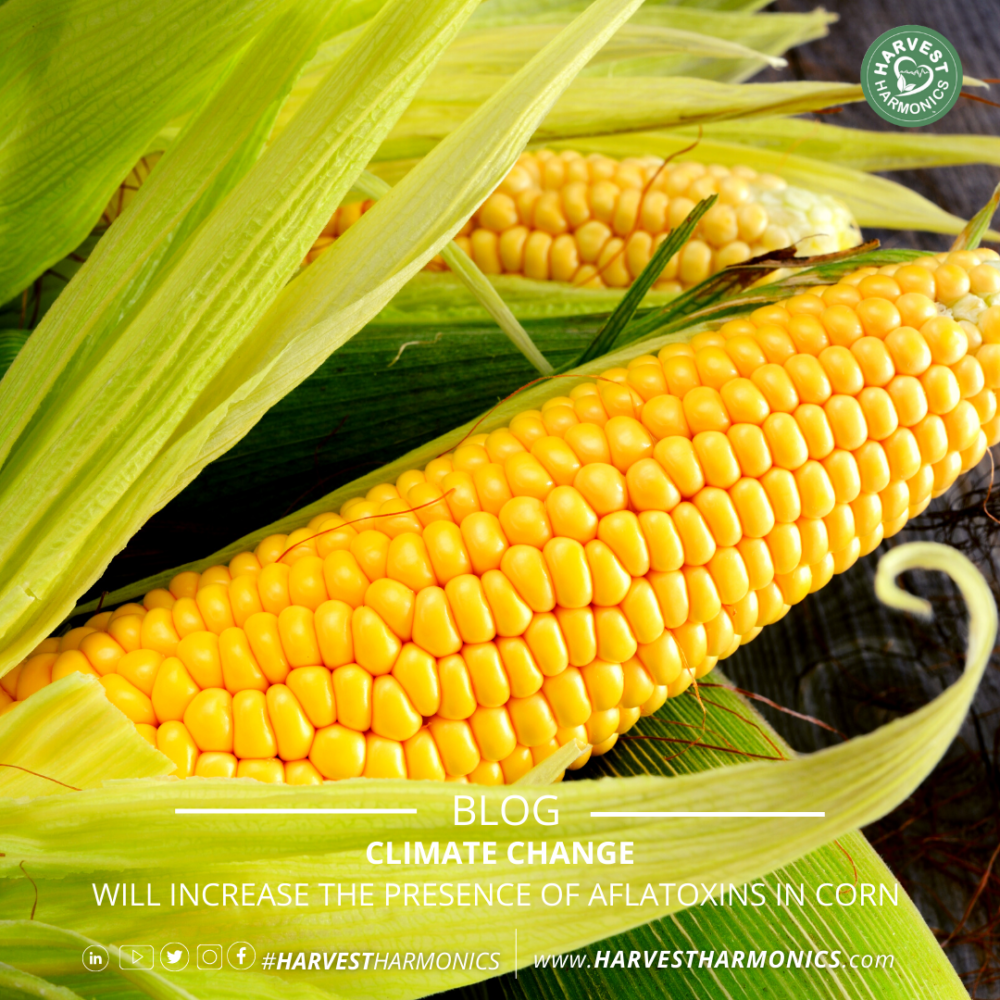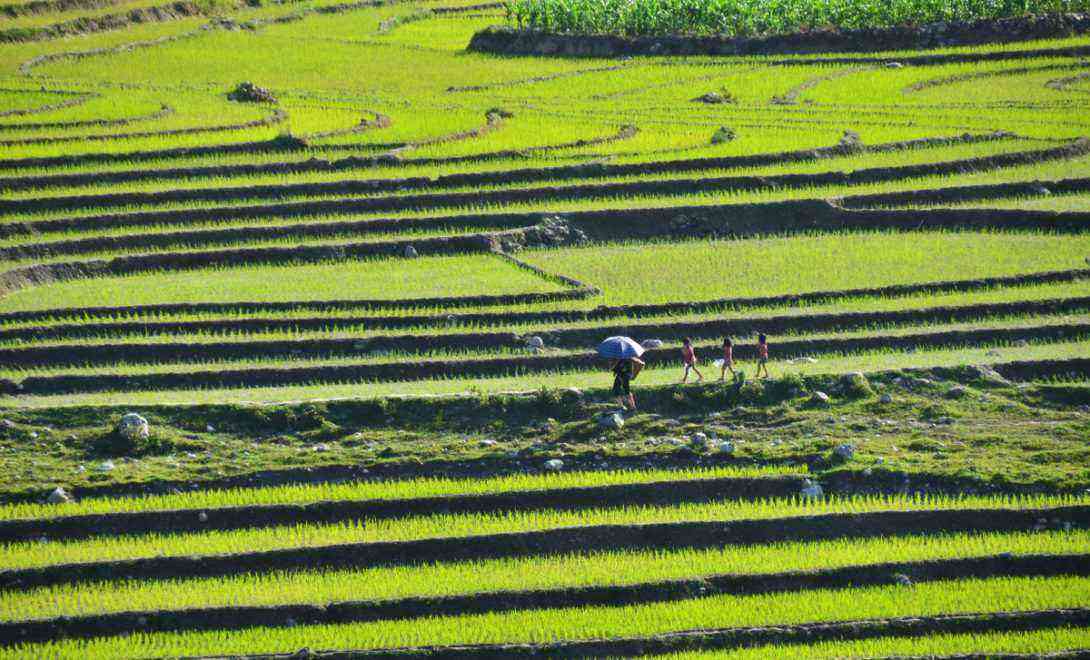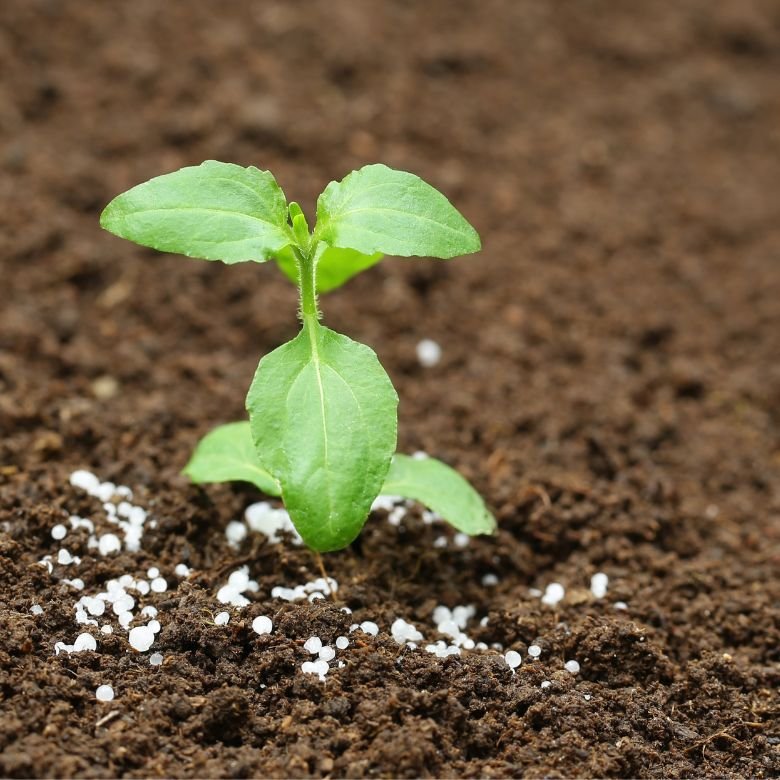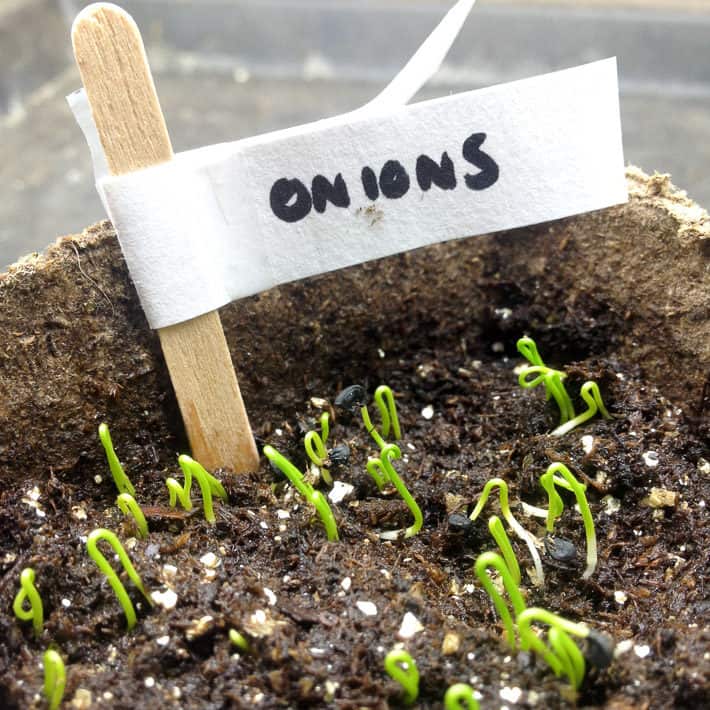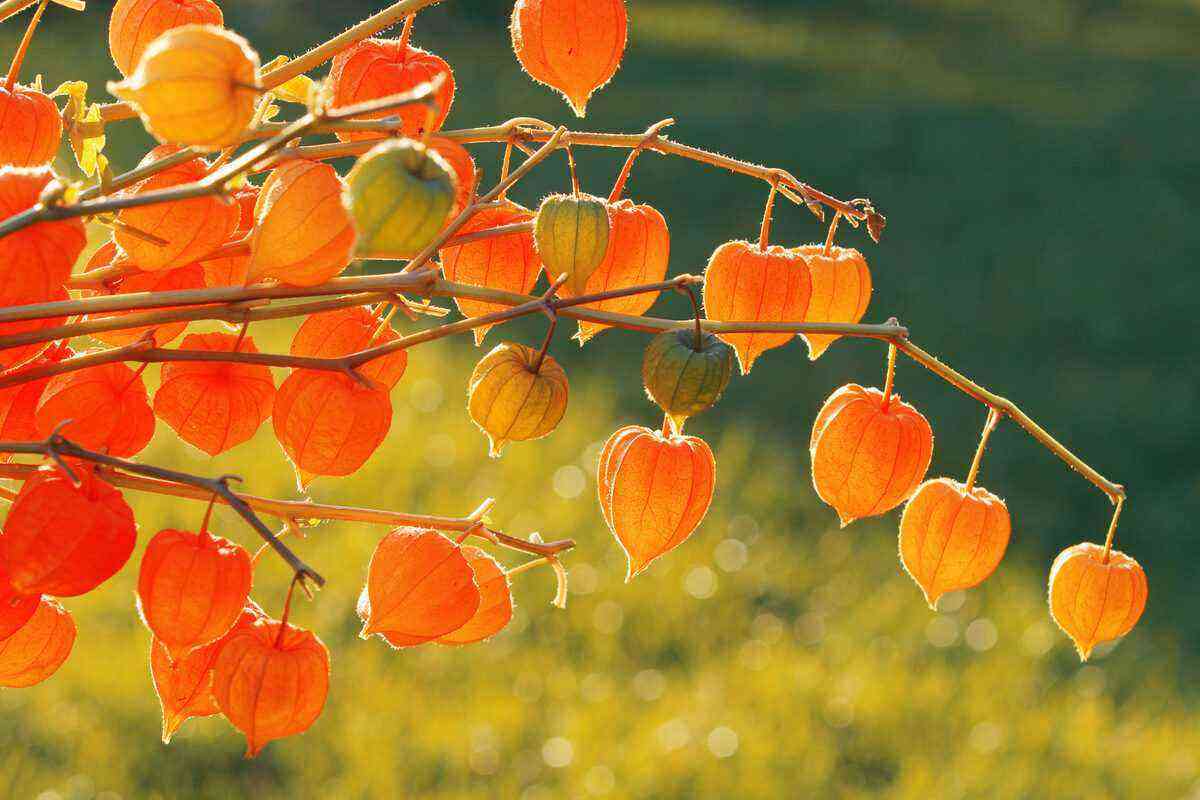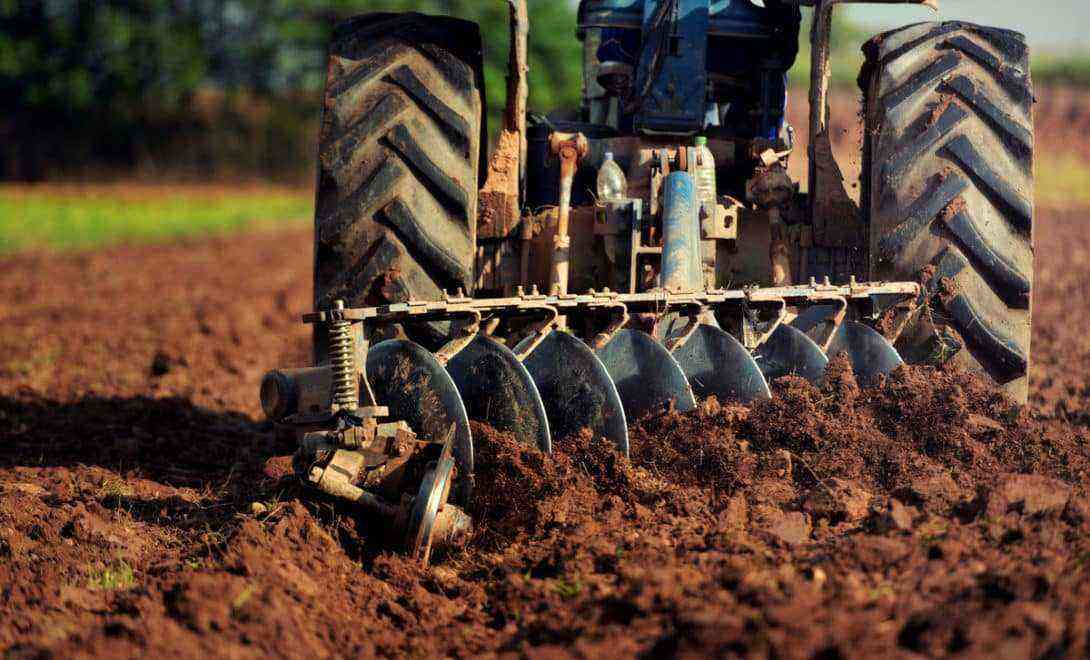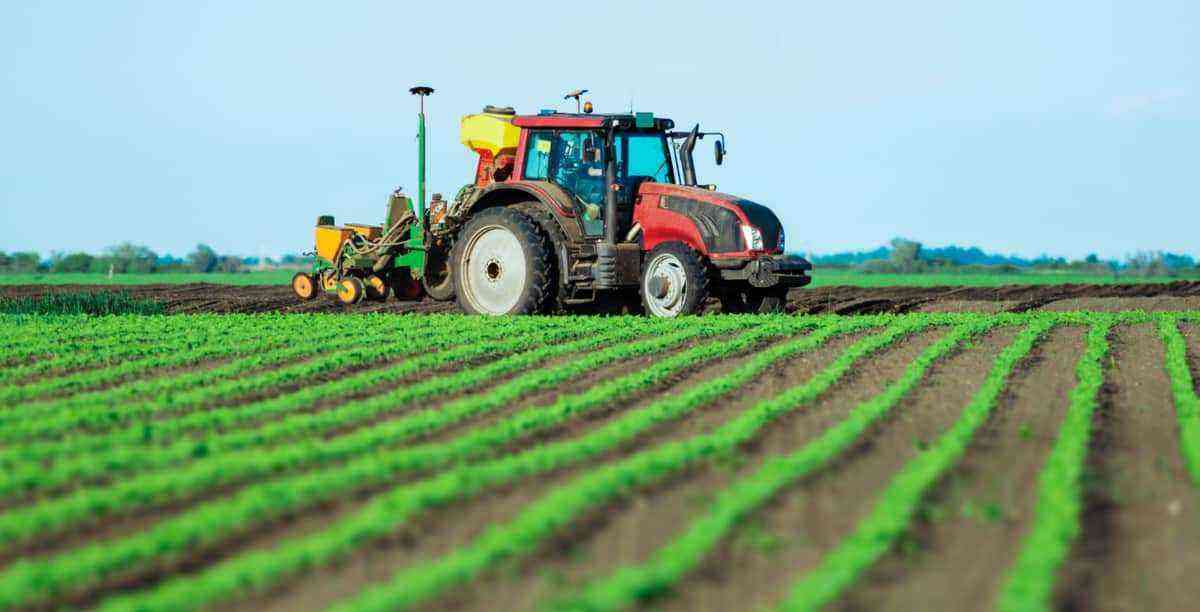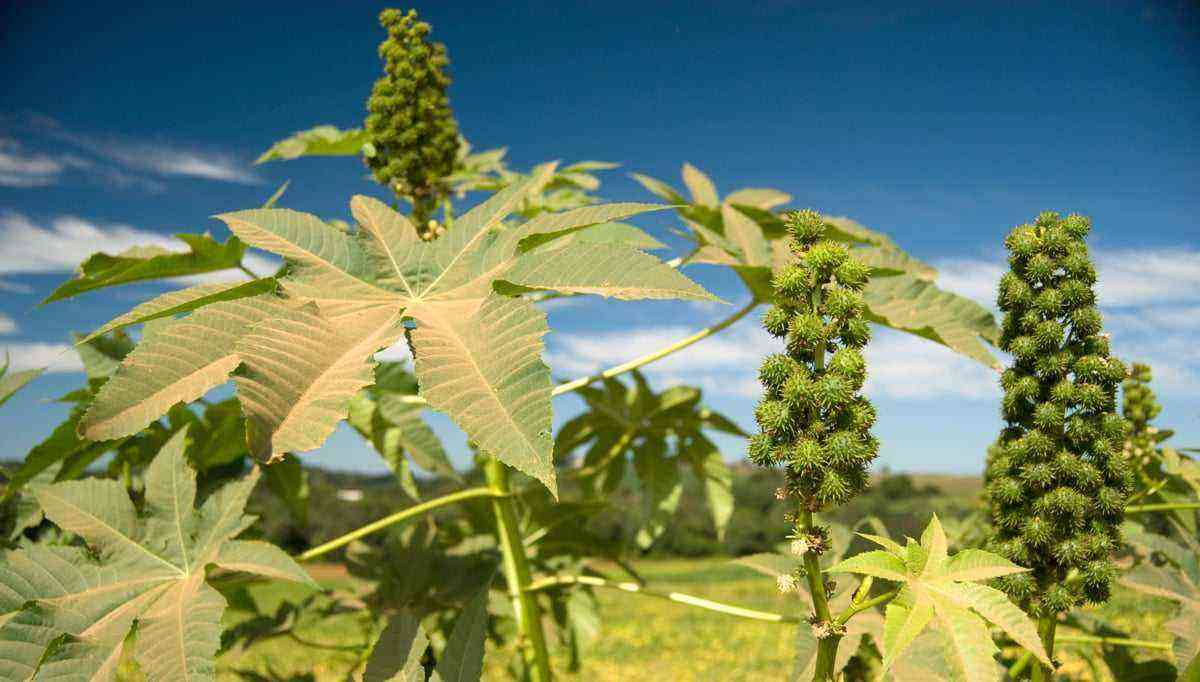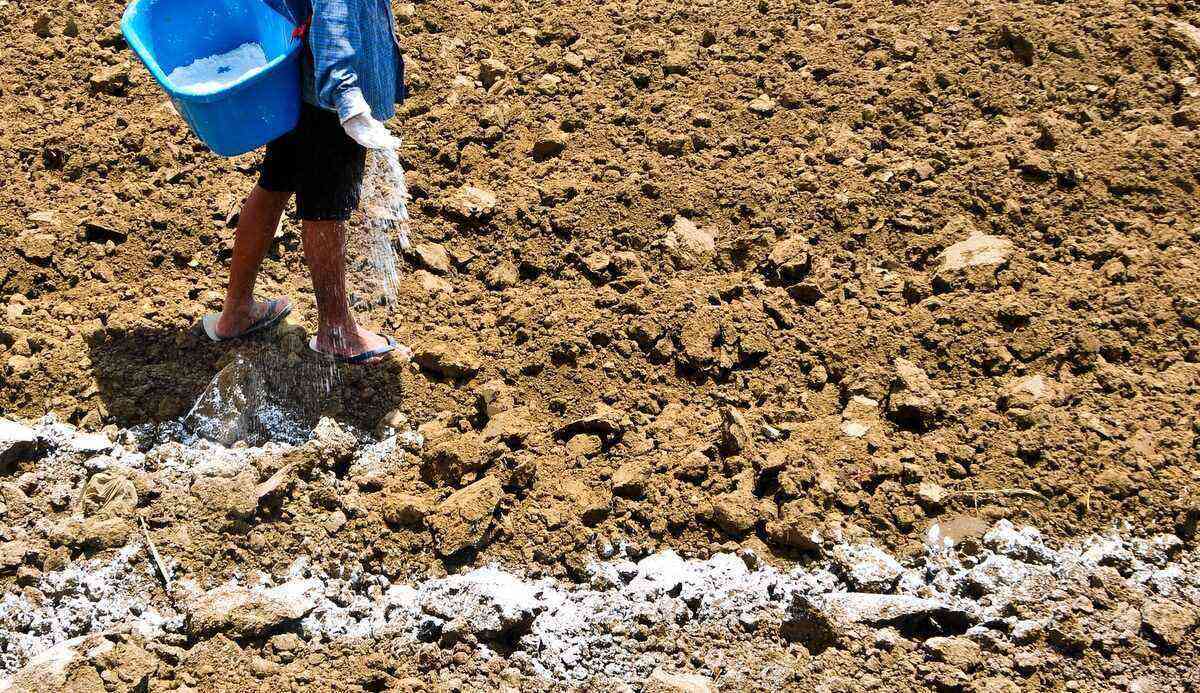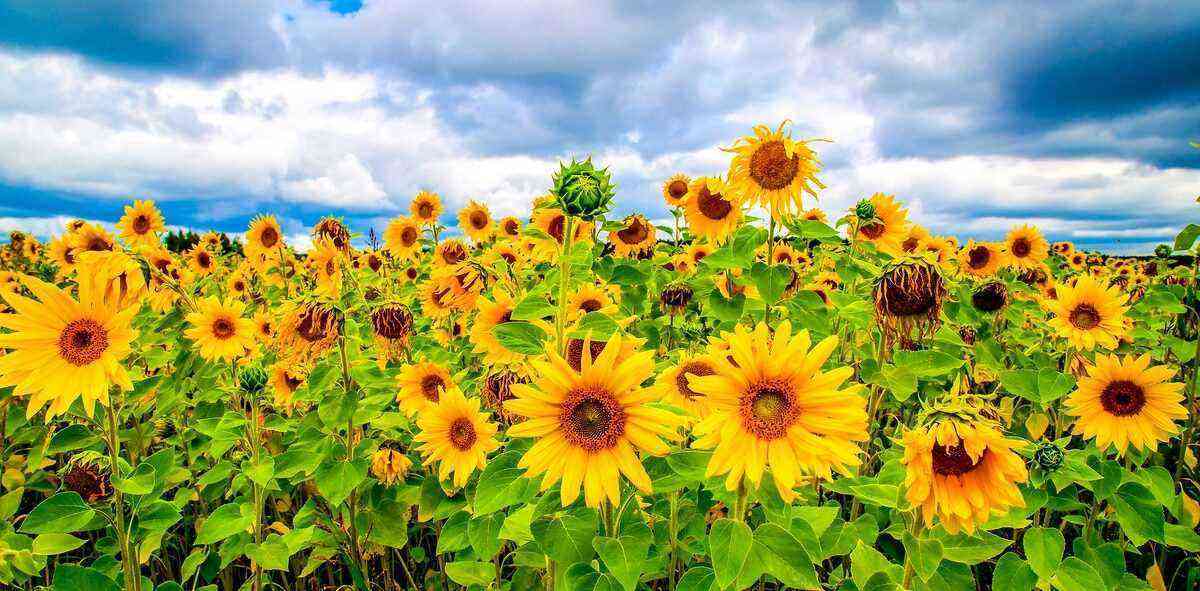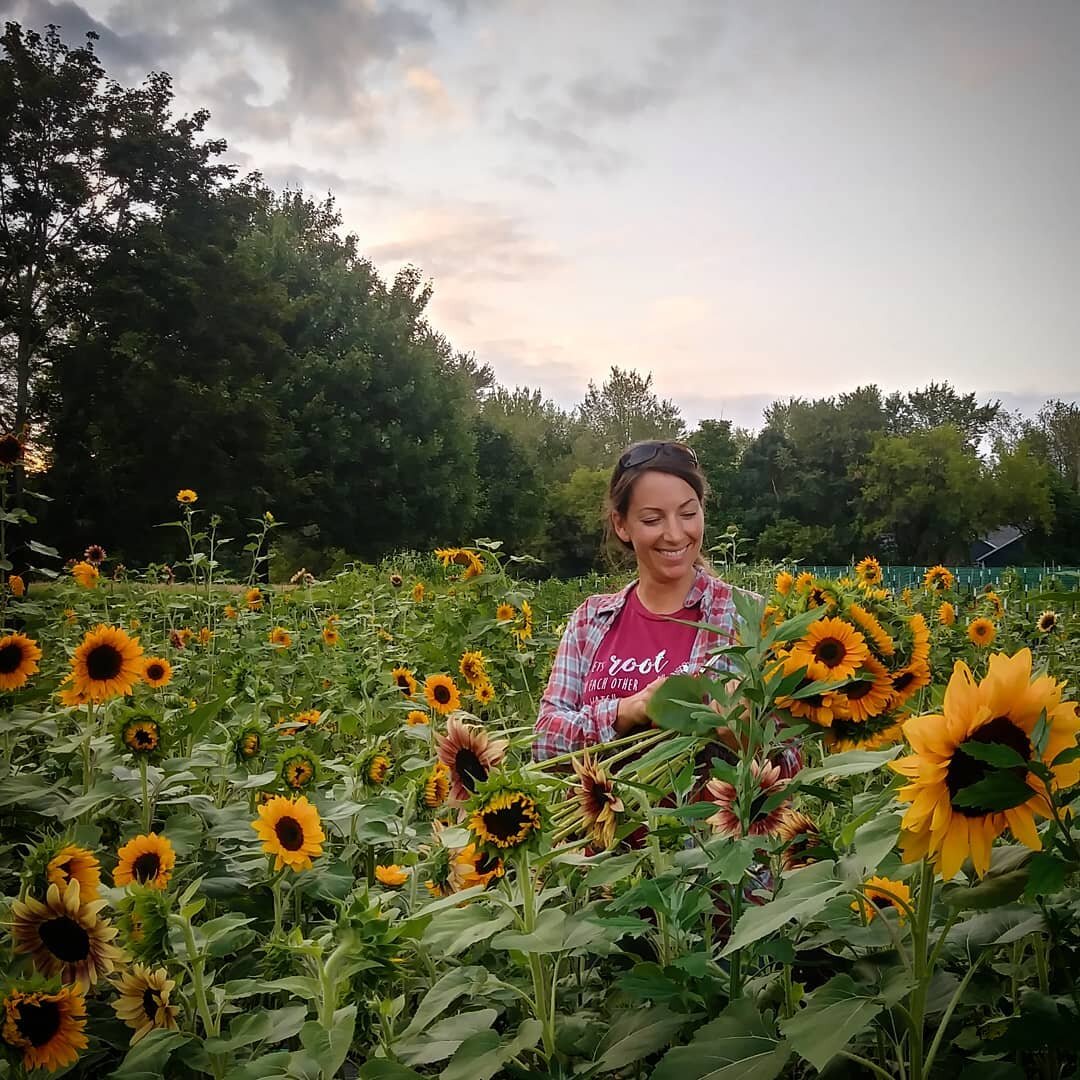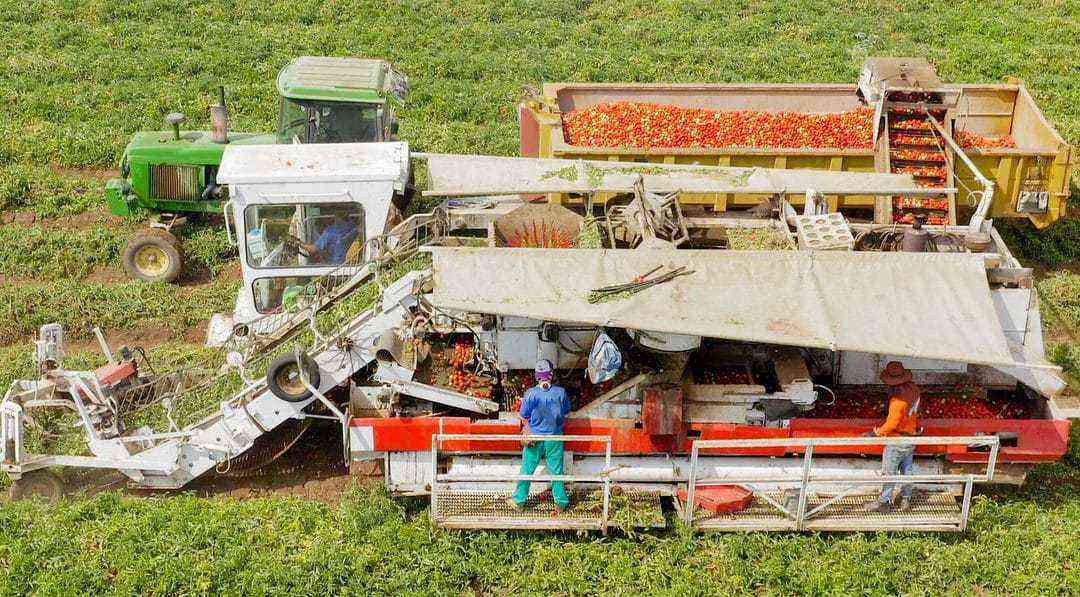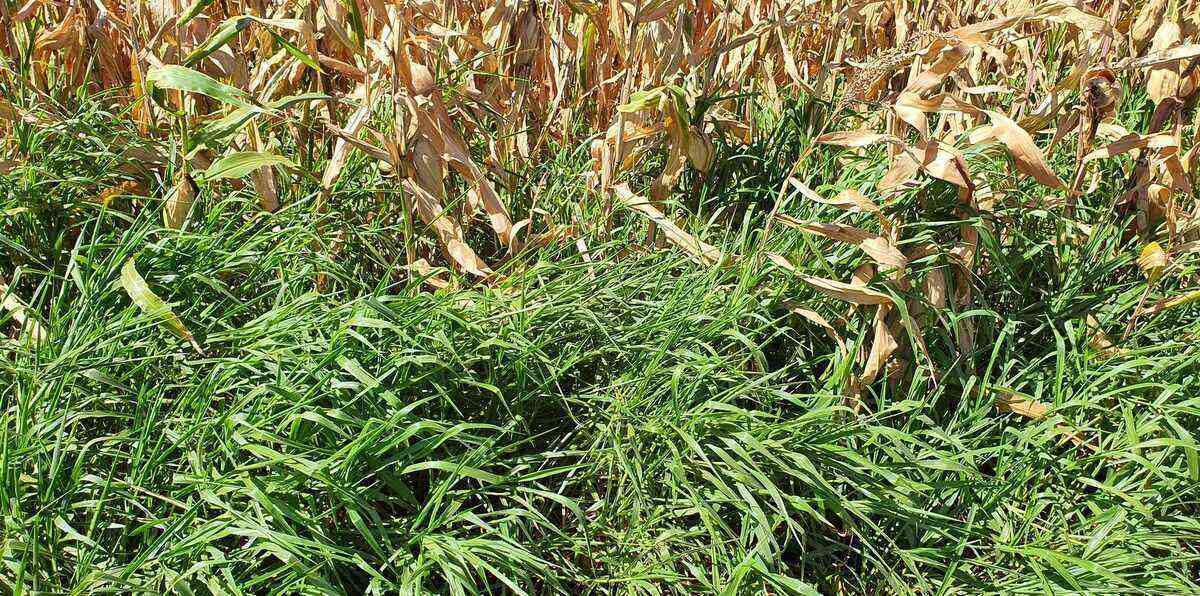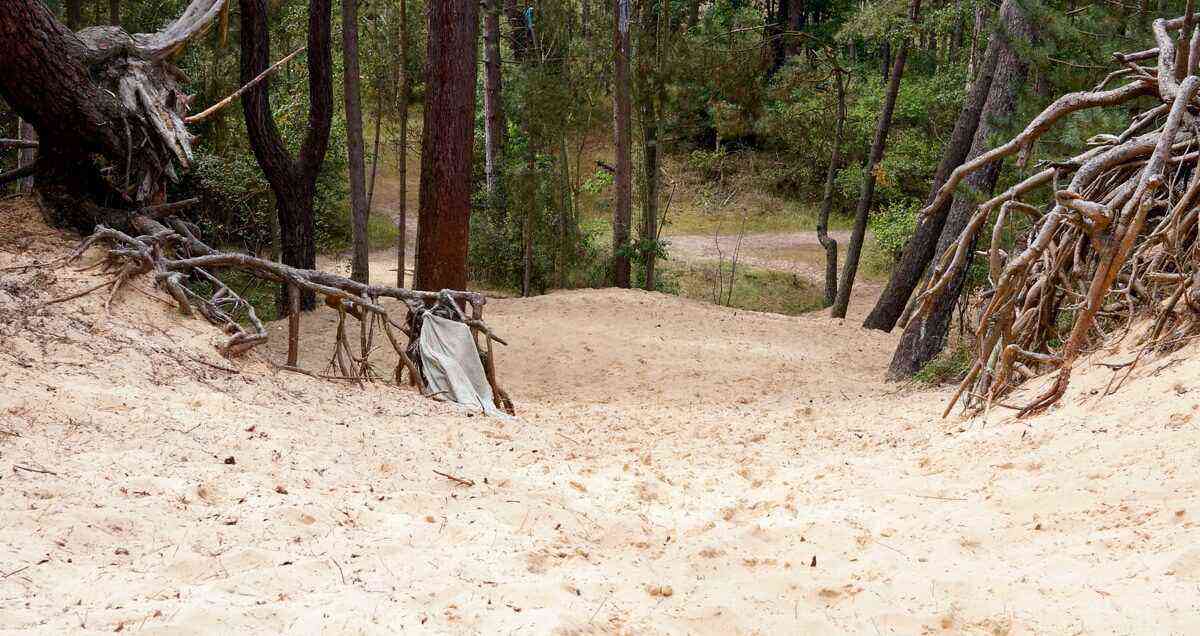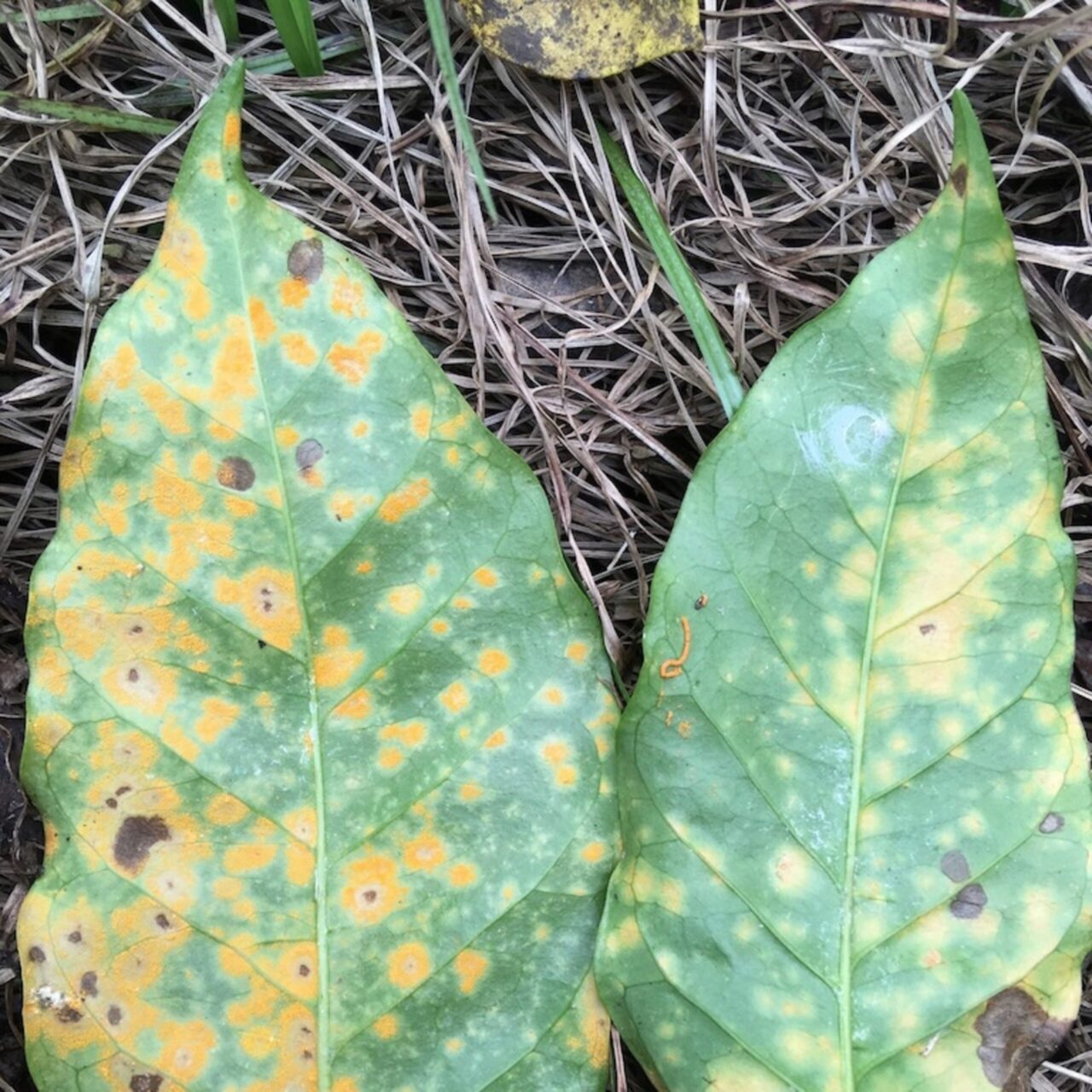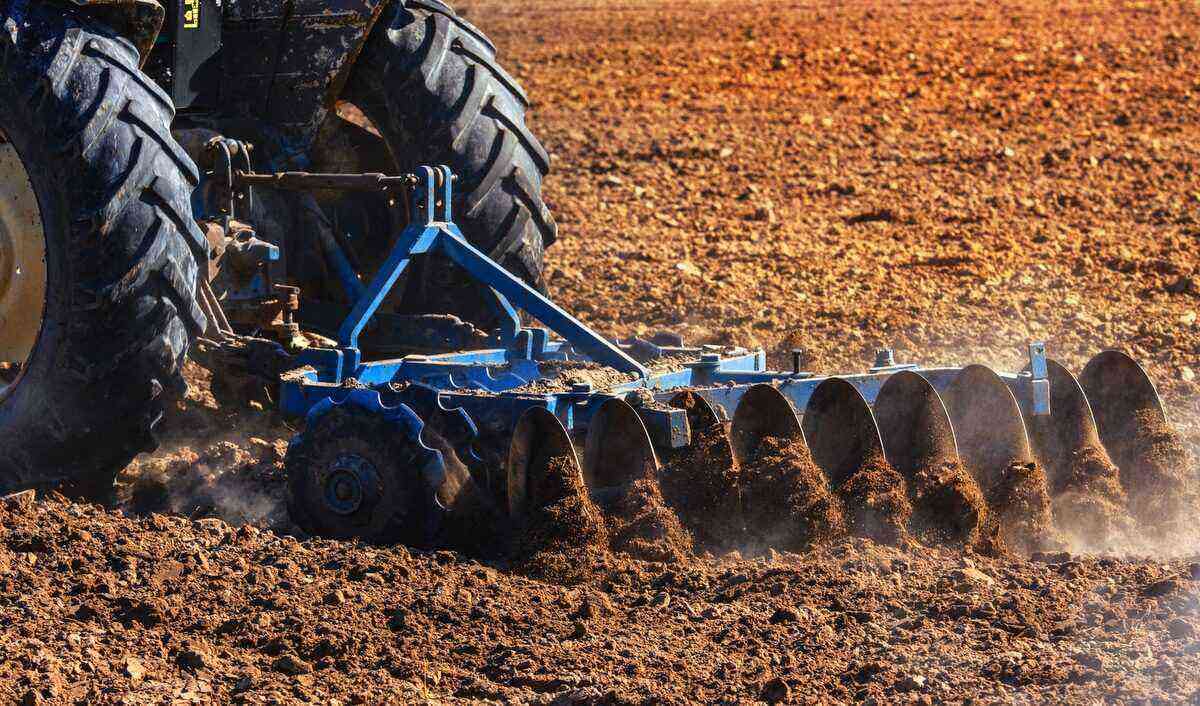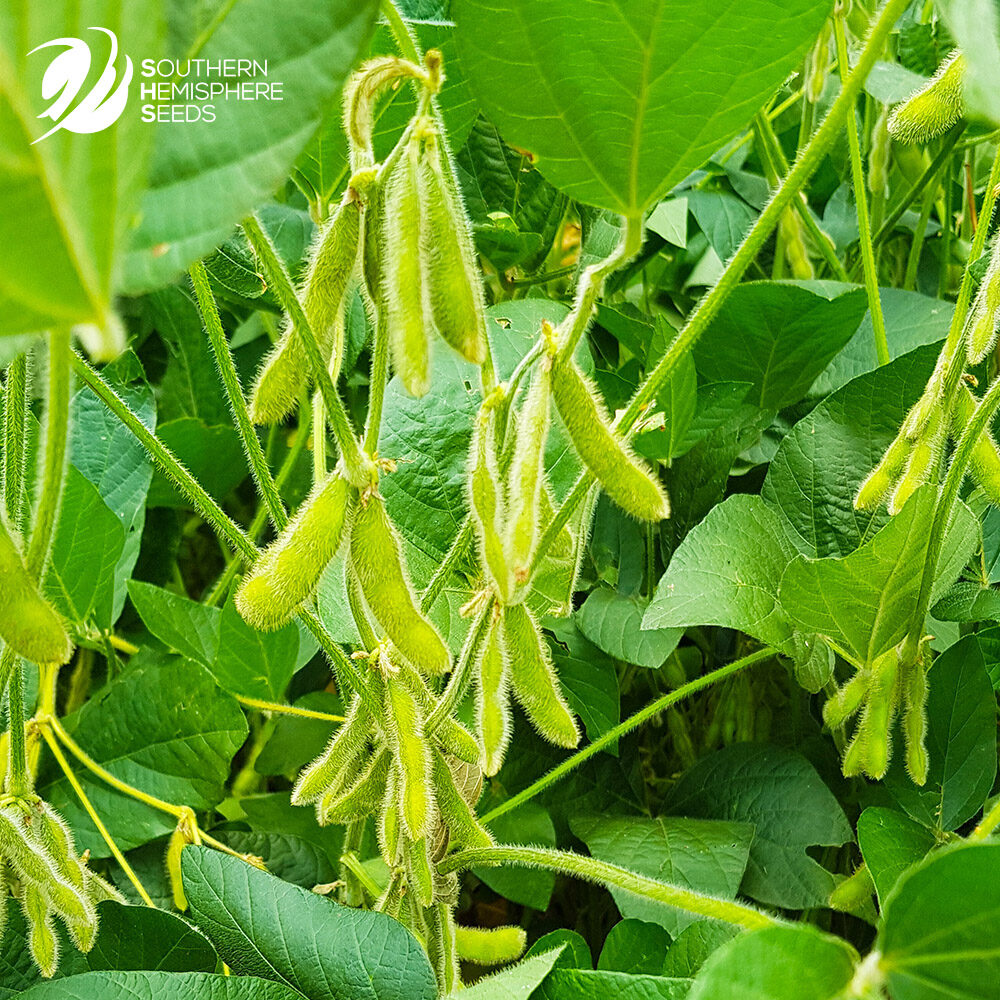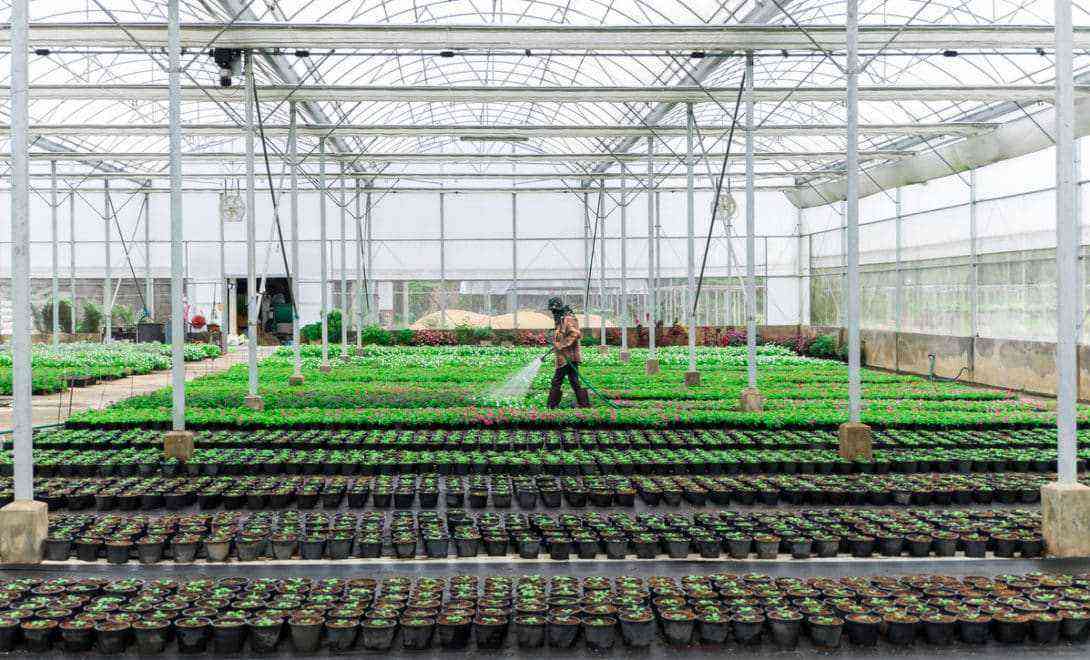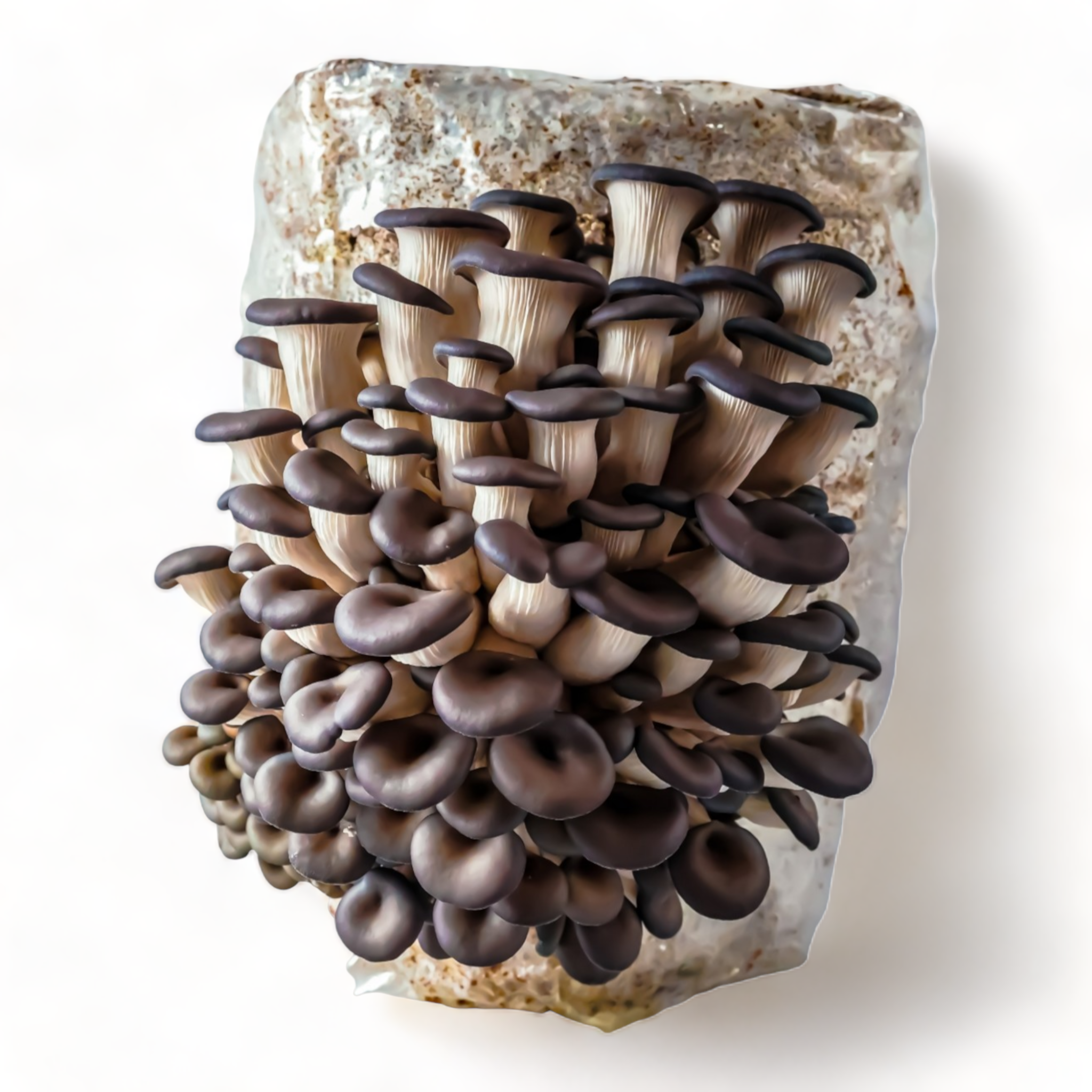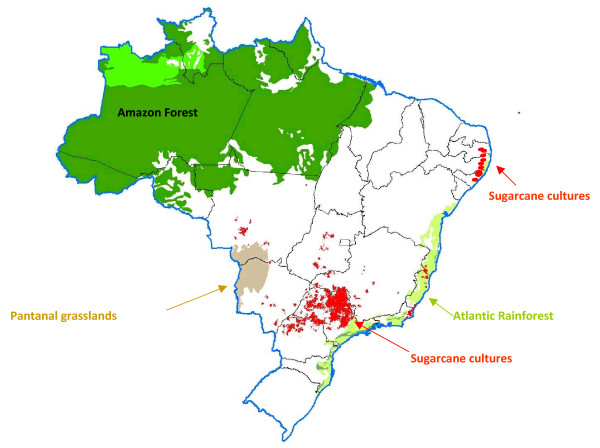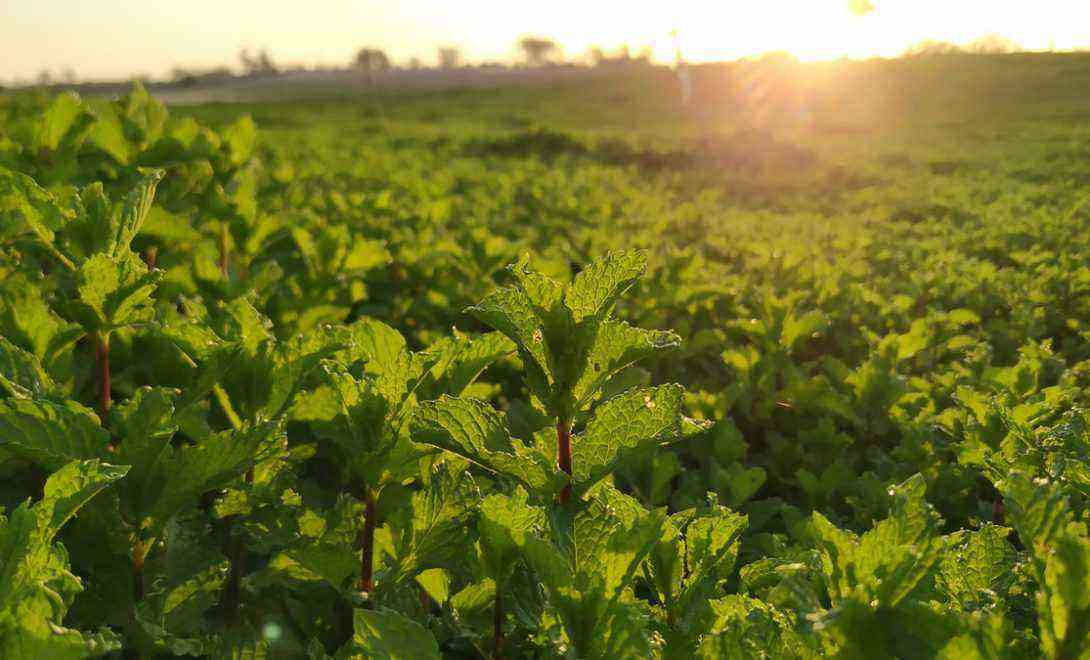The indigenous already cultivated cassava (also known in some regions of the country as macaxeira or aipim) long before the arrival of the Portuguese in Brazil.
Some say she was born in Brazil and then spread around the world. Anyway, we are the second largest producer, second only to Nigeria.
According to the UN (United Nations), more than 700 million people in developing countries consume cassava, being elected as the most important food of the XNUMXst century.
Of high nutritional value and energy source, it is used both in human food (cooked or raw in various culinary dishes and in the form of flour), animal and currently in the industrial sector, through its by-products.

Cassava is used in various sectors, even outside of food.
Scientific research
With so much versatility of cassava, it is up to researchers to develop new varieties to increase both their quality, productivity and also use in new segments.
An outstanding scientific work takes place in the State of São Paulo, developed by the Agronomic Institute (IAC-APTA), an agency linked to the Department of Agriculture and Supply.
In fact, São Paulo has become a world reference in the development of scientific research with this culture.
The technicians managed, for example, to increase by 20 times the amount of Vitamin A of cassava, from the “yellow” variety that gained the preference of households for having a soft texture (melts in the mouth), a slightly sweet flavor, and quick cooking.
The IAC has developed specific varieties for industrial use for the production of cassava flour, starch and starch, grown in several Brazilian states.
One of them (the IAC 12), for example, is the variety that sustains a large part of industrial production in the Brazilian Cerrado, as it is resistant to bacteriosis, tolerance to the pest complex, high productivity and dry matter content.
Contribution
Thanks to the scientific efforts of researchers from São Paulo, São Paulo is gradually standing out in the national cultivation of cassava.
Although it is only ninth in cultivated area (only 3% of the total), the State has risen to fifth place in the ranking in terms of quantity of cassava produced (1 million 142 thousand tons – 5,5% of the country).
The biggest highlight is productivity per hectare: it ranks second in the country (24,5 ton/ha), second only to Acre (27,9 ton/ha), which is the largest national producer, according to a survey by Embrapa.
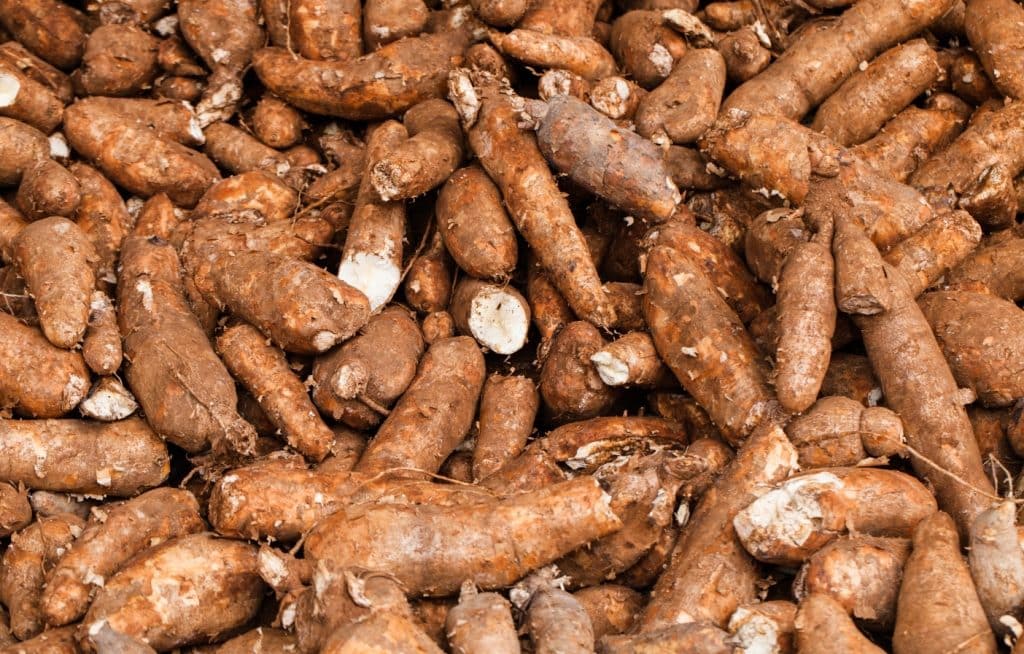
São Paulo ranks second in terms of production per hectare
Industry
With an eye mainly on the industrial market, in the application of cassava by-products, producers in São Paulo count on the support of the units of the Paulista Agency for Agribusiness Technology (APTA) that work in scientific work evaluating different types of soil and the best production environments.
One of these units is located in Assis/SP, in Médio Paranapanema. The region stands out as the main producer of industrial cassava in São Paulo, representing 24% of São Paulo production (252 thousand tons).
In the pulp industries, for example, starch has different functions in the production of paper. It can be used to finish the paper surface, helping to determine characteristics such as color, water absorption and texture. It can also be used internally in sheet formation.
Today it is even used in the plywood industry (panels or sheets made from relatively thin wood veneers). Shavings can replace wheat flour in gluing plywood sheets.
Therefore, the very Brazilian cassava is present on the table of homes, in industries and every day it is one of the most undergoing the scientific research process thanks to the numerous benefits.
See also: Embrapa develops a new variety of cassava with greater productivity
